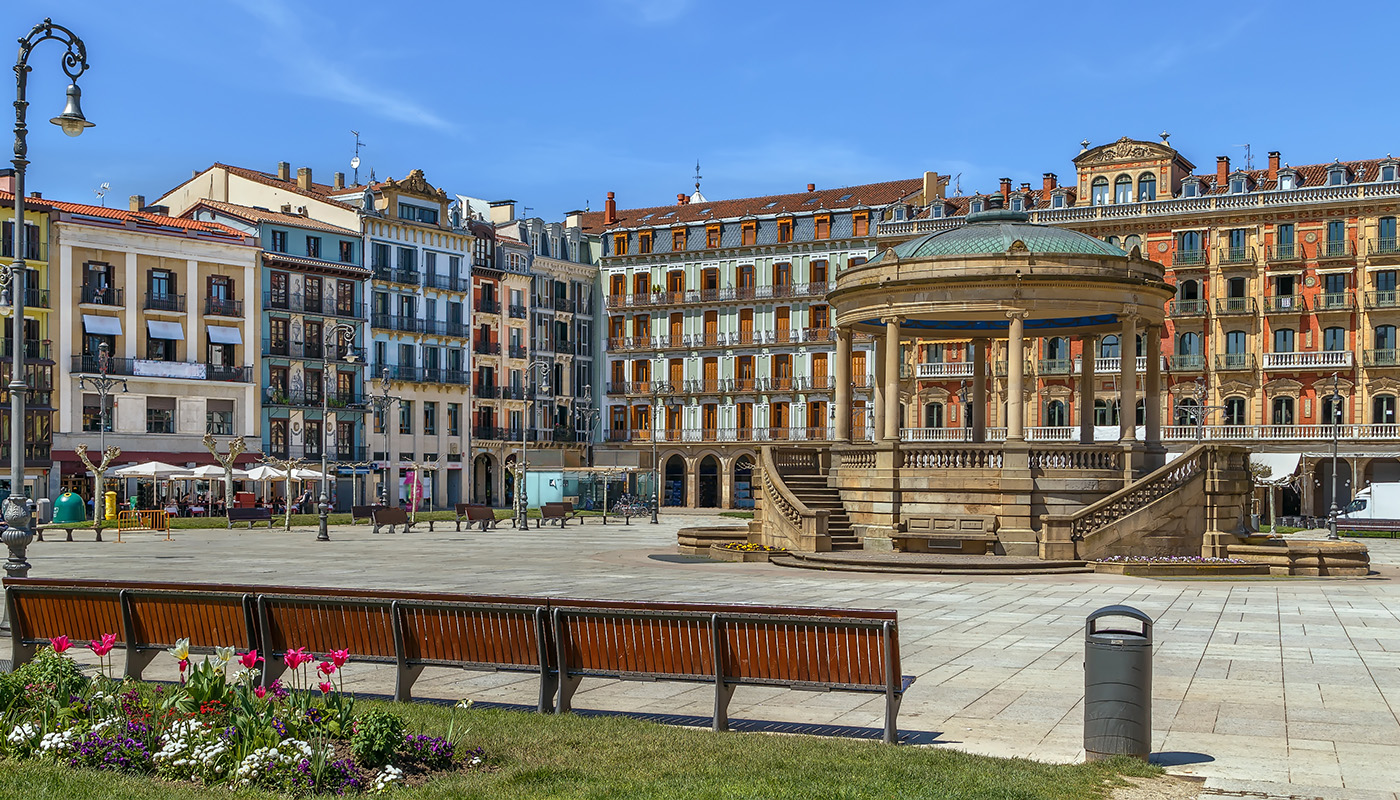What to see in Boa Vista

What to see and do in Boa Vista, the wildest and most unspoilt island in Cape Verde
La ‘Isla de las Dunas’ enamora con sus playas kilométricas de arena blanca donde anidan las tortugas, su pequeño desierto, su capital colonial Sal Rei y la autenticidad de su vida rural en los pueblos del interior.

Rabil, the gateway to the desert and to Boa Vista’s traditional crafts
The former capital of Boa Vista, once the epicentre of Cape Verde’s pottery industry, still retains a few lovely, traditional ceramics workshops.

Cabo Santa Maria: the shipwreck that became the stuff of legends
The most remote and wildest corner of the island of Boa Vista, known among locals as the “Cape at the End of the World”, is famous for the remains of a Spanish cargo ship that ran aground in 1968 and its kilometre-long beach where turtles lay their eggs.

Praia Chaves: where the dunes meet the Atlantic in Boa Vista
This vast, untouched beach, rich in biodiversity, offers the unique experience of being able to swim surrounded by towering sand dunes.

Sal Rei: the capital of Boa Vista, reminiscent of salt and Portuguese colonial heritage
Coveted for centuries for its salt production, this small town built the Forte Duque de Bragança in the 19th century to defend itself from corsairs.

Viana Desert: Cape Verde's sea of white dunes
The trade winds, which have been blowing for centuries, have shaped the sand from the Sahara into a unique landscape in the archipelago that looks like something from another planet.

The Boa Vista Turtle Reserve: the ‘Caretta caretta’ sanctuary in Cape Verde
The organisations dedicated to the conservation of this species at risk of extinction organise guided excursions by night to observe the loggerhead turtle nesting.

The Varandinha Caves: a natural 'cathedral' sculpted by the ocean
Over thousands of years, the Atlantic and the trade winds have been moulding these caves in the remote southwest of Boa Vista island into magical formations that can only be visited at low tide.

Fundo de Figueiras, Boa Vista's hidden soul
Away from the main tourist routes and in the middle of a semi-desert landscape, this charming village of colourful colonial houses and dirt roads enchants us with its simple and relaxed local life.

Eating in Boa Vista: seafood and Creole tradition on the windy island
Cape Verde’s wildest island awaits you with delicious local dishes such as cachupa, grilled tuna, grilled lobster and fried moray eel.
Find your ideal itinerary
We help you design the best itineraries for your stay in Boa Vista.
Select the area you are staying in and the duration of your trip.
What area will you be in?
How many days?







































































